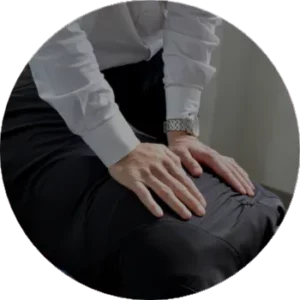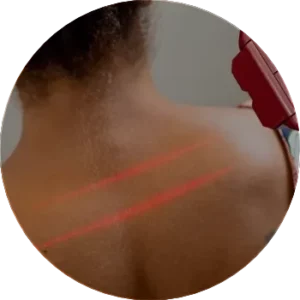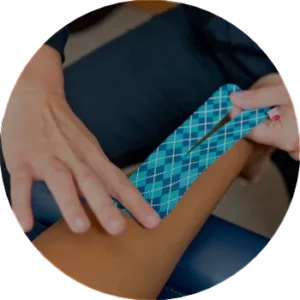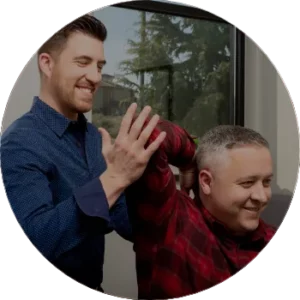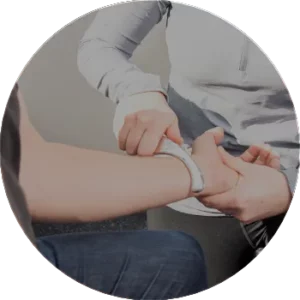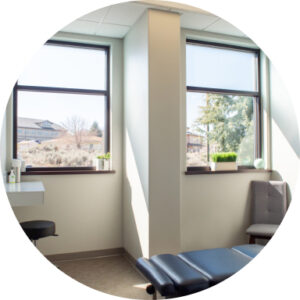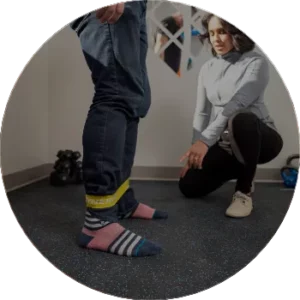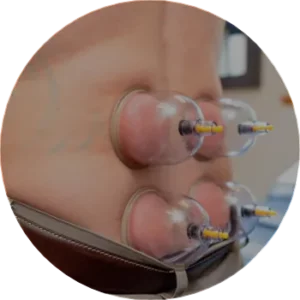Cryotherapy (cold) and heat therapies are about as inexpensive, simple, and convenient treatment options available out there that can help to address most types of injuries. But knowing when to use heat vs. when to use ice can potentially be the difference between recovering from an injury, or prolonging your recovery.
Ultimately, understanding the concept of using heat or ice is what I encourage my patients to think about. Recognizing on a very basic level that heat will improve blood flow and cold will restrict blood flow, let’s consider 3 potential scenarios to further understand these concepts:
Scenerio#1). We all have, at one point or another through sports or mis-timed steps, rolled or sprained that dreaded ankle. It initially makes you scream bloody murder, but tends to subside relatively quickly until it swells and turns black and blue.
Understanding that you have sprained ligaments, meaning stretched them beyond their structural ability, quickly initiates an inflammatory response to the area. This is your body’s way of beginning the healing process of getting rid of the damaged tissue and laying down new tissue to replace the “broken” ligament fibers. In this scenario, ice is great for pain relief, but bad for injury recovery as it slows the acute inflammatory process. It will help reduce the swelling, but sometimes, depending on the severity of the sprain, the swelling is important as it acts as a cushion to protect the injured area.
Bottom Line: Acute, sudden, and moderate-to-severe injuries such as this should use neither heat nor ice to alter the body’s innate mechanism to heal. However, if needed for pain relief, ice is recommended. 10-15 minutes per body part, 2-3x/day.
Scenerio#2). You are in a deep sleep, dreaming about all of the possible circumstances for who is going to win the most current season of the Bachelorette, when all of a sudden you awaken from your deep slumber and realize you can’t move your neck. Looking up hurts, looking down is stabbing, and you might as well have your entire neck fused due to your inability to turn your head from left to right.
Another very common injury that we see in our clinic that can sometimes just boil down to “sleeping awkwardly”, this justifies almost exactly the opposite recommendation from the previous scenario. In this case, most of the pain and lack of movement is probably related to a spasm of muscles trying to protect inflamed spinal structures. This spasm is protective in its nature, however can be potentially overzealous. When a muscle spasms, the blood flow to the area becomes stagnant. Any time there is stagnant blood flow, there is limited healing.
Bottom Line: In this particular case, when other injuries have been ruled out, alternating between heat and ice is most beneficial as it acts like a pump to freshen the blood flow to the irritated area. When all else fails, this should be your go-to for most injuries, aches, and general pains. Begin with ice for 15 minutes, wait 30 minutes, than heat for 15 minutes. Do this roughly 2-3x/day.
Scenerio#3.) That wicked knot between the shoulder blades that just won’t let go.
If you aren’t able to convince your significant other to utilize their massage therapy skill-set, heat is usually your best bet. This will help relax the muscle and help encourage new blood flow. 10-15 minutes per body part, 2-3x/day.
Ultimately I want you to remember two essential things: 1.) Heat improves blood flow, cold decreases blood flow and 2.) Cold is generally helpful for inflamed joints, and heat is good for tight muscles.
It is also important to recognize that neither heat nor ice should be used as the only form of treatment to address injuries. It is always a smart idea to have a well-trained chiropractor or health-care practitioner to assess the degree of your injury and make further recommendations.
Yours’ in Health,
Dr. Kyle
